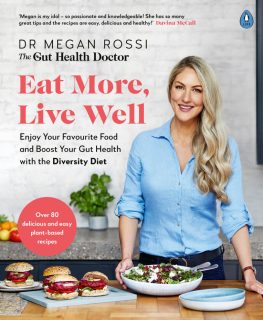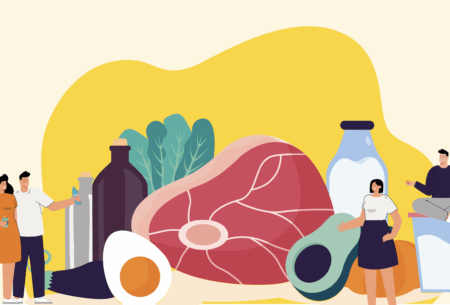You may already know that your gut is important. But did you know that it can influence everything from your immune response and skin to your mental health, sleep quality, and more? While the full scale of its impact is still being uncovered, all researchers can agree on one thing— your gut microbiome is a powerful system that plays a prominent role in determining your overall health.
Despite what you might have read online, there is currently no single measure to determine how healthy your gut is. However, your microbes can change and evolve in response to diet, lifestyle, and environmental factors, so it’s worth prioritising these areas. And no, this doesn’t mean you need to switch to time-consuming recipes, giving up your favourite foods or undertaking a complete lifestyle overhaul. Here is the good news. It is actually the small, simple habits that you can stick to long-term that will best support your gut health.
To get you started, here are 7 scientifically proven micro-habits that can have a big impact on you and your gut microbes.









 1. Avoid the midnight munch.
1. Avoid the midnight munch. 2. Add in gut-loving variety.
2. Add in gut-loving variety. 3. Help your flow with H20.
3. Help your flow with H20. 4. Go slow and chew it over.
4. Go slow and chew it over. 5. Take a squat.
5. Take a squat. 6. Give yourself some slack.
6. Give yourself some slack. 7. Satisfy your cravings AND your microbes.
7. Satisfy your cravings AND your microbes.





